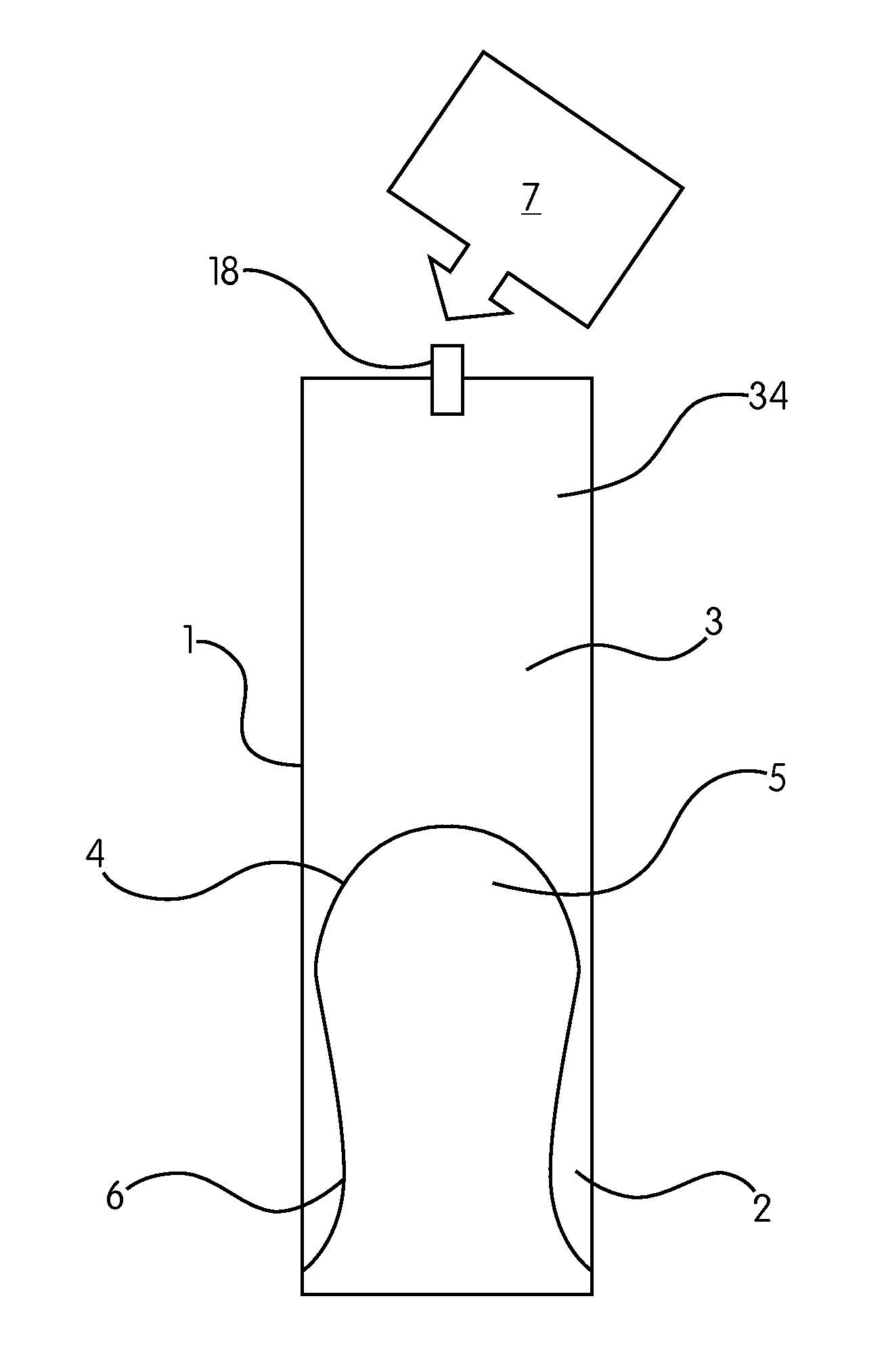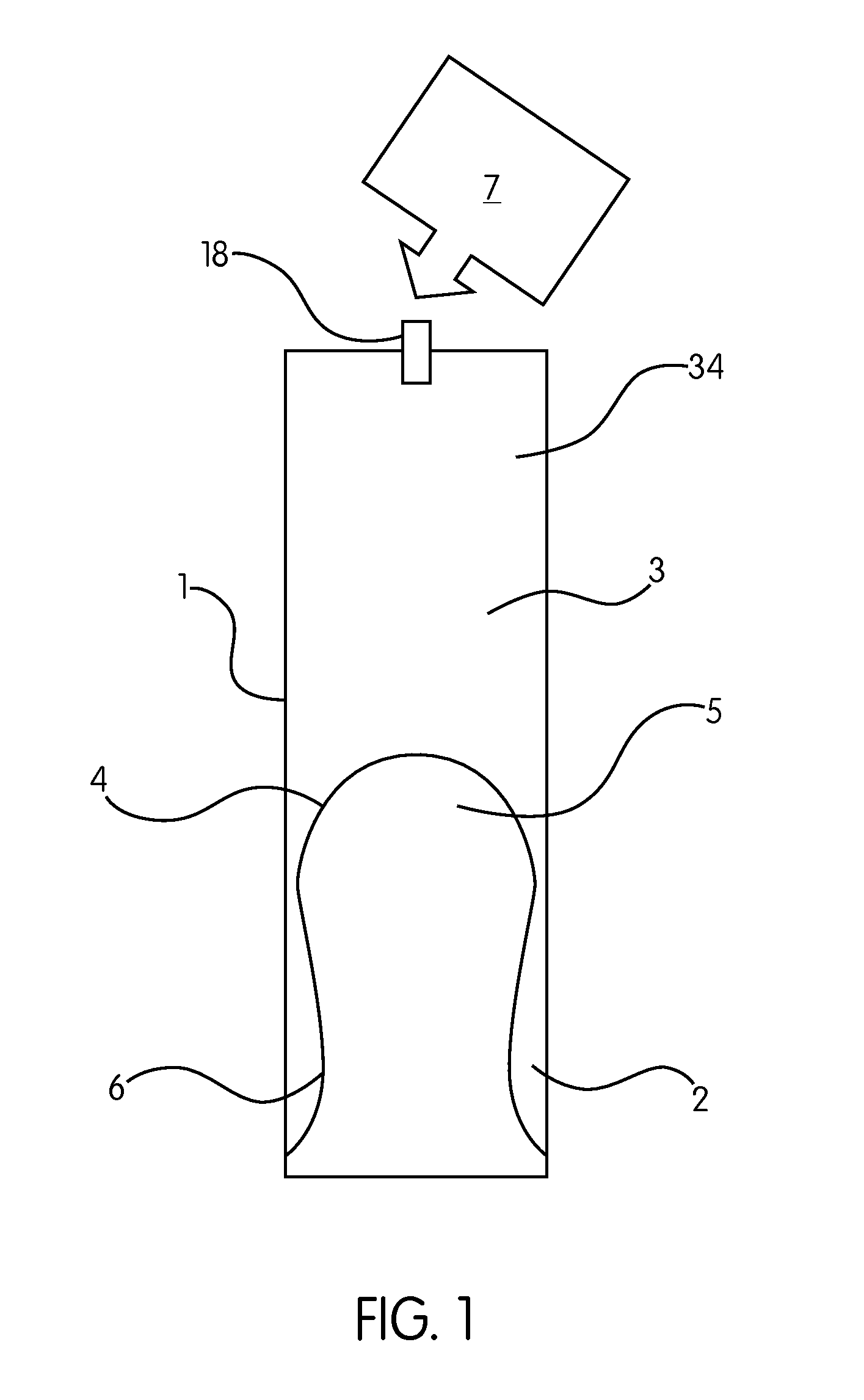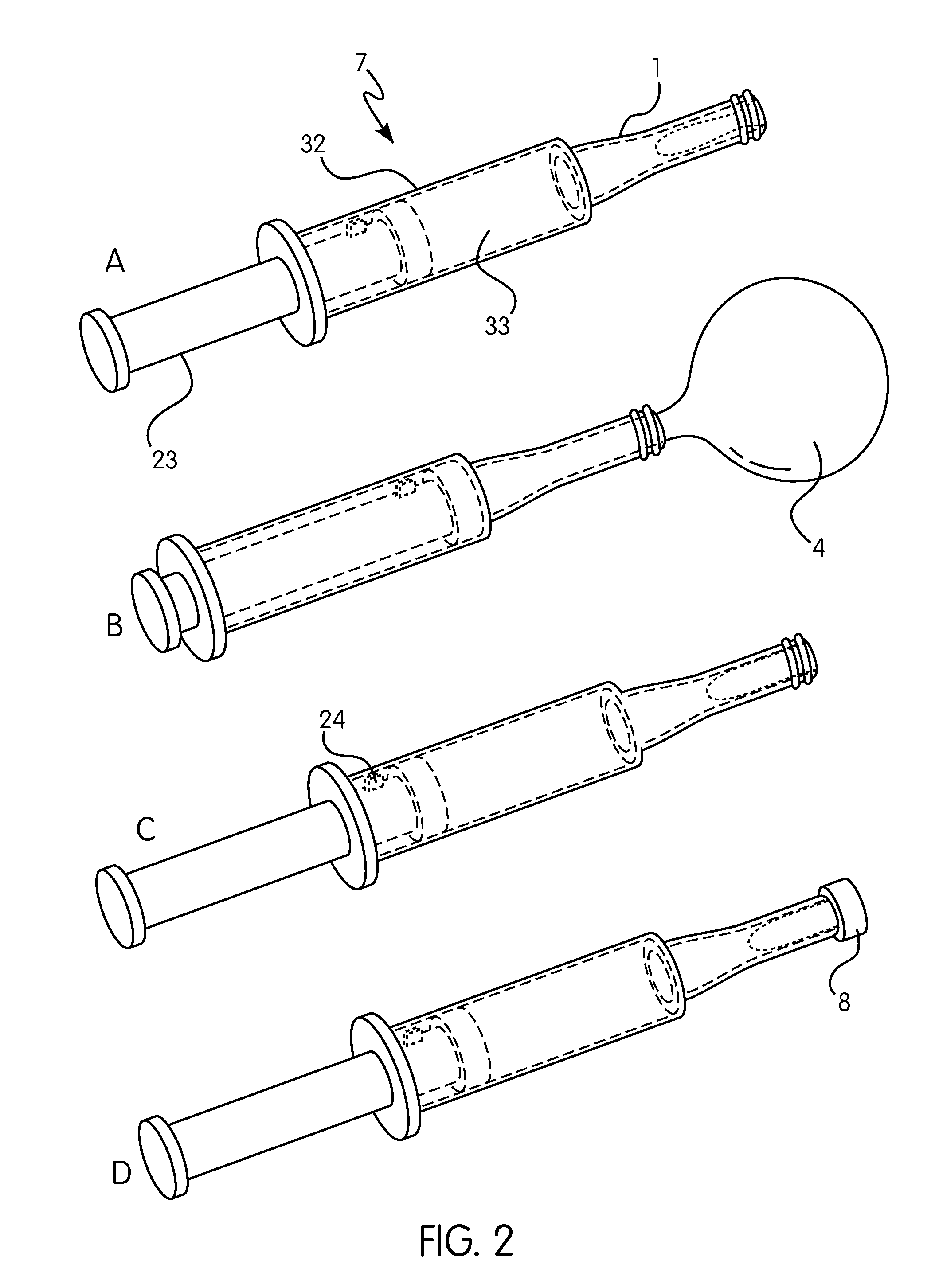A serious obstacle to early diagnosis of CRC is the absence of early, readily identifiable clinical manifestations in the majority of cases.
However, the late stages of the disease are also associated with invasive or metastatic tumours.
Unfortunately, there is presently no CRC screening technique that combines low invasiveness, simplicity and low cost with high sensitivity and specificity.
However, both of these methods have significant drawbacks.
Flexible
colonoscopy / sigmoidoscopy is regarded as a precise and reliable diagnostic procedure, however, its invasiveness, cost and requirement for skilled and experienced specialists to carry out the procedure make its use in routine screening impractical.
FOBT is cheap and simple, however, it produces unacceptably high rates of both false negative and false positive results.
However, the method of obtaining these samples (an invasive colonic lavage procedure) suffered from the same disadvantages as sigmoidoscopy /
colonoscopy, and required detailed cytological analysis of the sample once obtained.
However, these ambitious claims have generated substantial doubts due to the low likelihood of the presence of well-preserved colonocytes in an aggressive anaerobic environment such as that found in the faeces.
Furthermore, morphological evidence presented in their 1991 reference was unconvincing.
S84-S93], but have not produced any practical advances based on the outcomes of their studies.
However, despite the lack of practical advances by P. P. Nair and his colleagues, the use of human stool for diagnostic and research purposes remains an active research area as it is not associated with any invasive intervention.
Whilst
DNA directly isolated from homogenized faeces can be amplified and analysed for the presence of
cancer-associated genetic alterations, the absence of a highly reliable single
molecular biomarker for
cancer resulted in the use of multiple molecular markers reflecting a number of genetic alterations known to be present in
malignant cells at relatively high frequencies.
Although detection of colorectal tumours by multi-target molecular assays appears to be feasible, the validity of these methods for screening purposes remains questionable due to the high cost and relative complexity of laboratory procedures involved.
It is, however, apparent that homogenized stool is a difficult material for
human DNA extraction.
In particular, the abundance of
bacteria in faeces can interfere with colonocyte
DNA recovery procedures, and rapid mammalian
DNA damage and degradation occur in the presence of anaerobic bacterial
flora of the
human colon.
The development of approaches based upon exfoliated colonocyte isolation has been slow partially due to a surprising lack of knowledge on cell exfoliation in the gut both in normal physiological conditions and in disease.
): A463] or DNA [Villa, E. et al.,
Gastroenterology 1996; 110: 1346-1353] in dispersed or homogenized stool samples obtained from CRC patients, however the differences between healthy people and
cancer patients observed in those studies were not large enough to be considered diagnostically valid.
Although the technique and results of its initial trials apparently highlighted a very efficient, simple and inexpensive approach to CRC screening, it had a number of substantial faults (apparent difficulties of whole stool handling and especially impossibility of the procedure
standardization) preventing its commercialization and serious introduction into clinical practice.
These problems, difficulty of
standardization being the crucial one, cause serious doubts with regard to using exfoliated colonocytes isolated from stool samples for wide scale CRC screening.
However, although one can achieve a contact with the rectal mucocellular layer by employing this simple manipulation, significant losses of material and simultaneous
contamination with irrelevant squamous
epithelium of the
anal canal are inevitable during the removal of the finger from the
rectum.
Smears prepared from gloves used for rectal examination have shown well-preserved colonocytes, combined with a high level of
contamination by cells of the squamous
epithelium.
 Login to View More
Login to View More  Login to View More
Login to View More 


